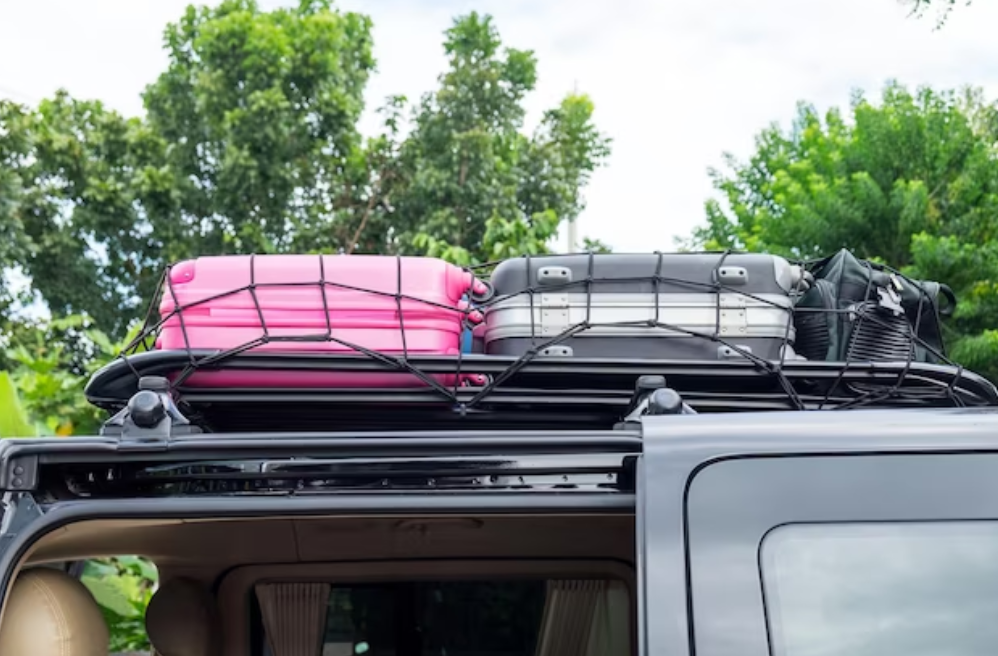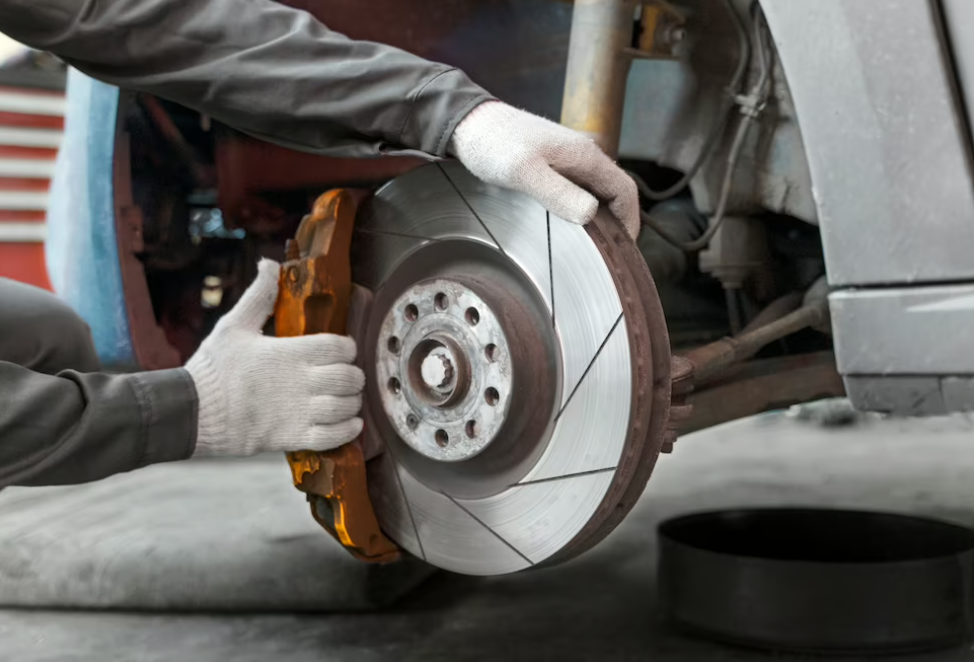Proper Load Carrying on a Roof Rack: Tips and Best Practices
There are numerous crucial elements to carrying into account while loading a load onto a roof rack. The foremost consideration is to ensure the even distribution of weight across the roof rack. By doing so, you can guarantee that the load is securely fastened and that the roof rack remains undamaged. Another crucial aspect is employing reliable fastening techniques when attaching the load to the roof rack. This might involve using straps, ratchet straps, or bungee cords. Taking the necessary precautions to adequately secure the load will contribute to its safe and secure transportation.

What Are the Benefits of Utilizing a Roof Rack?
For carrying a cargo on a roof rack, safety and careful handling must be prioritized. To create a secure load, spread the weight equally across the roof rack and use tie-downs to firmly fix it. It is also critical to avoid overloading the vehicle with excessive weight or height, since this might jeopardize driving stability. Tall loads should also be placed below the driver's line of sight to prevent obscuring their eyesight. By following these precautions, you can ensure the safe and proper carriage of your goods on a roof rack.
It is critical that the load be spread equally across the roof rack and that the objects are firmly connected using straps or cables. It's also vital to examine the weight of the objects and how it will effect the total load capacity of the roof rack. To ensure secure attachment, use quality straps or cords that are rated for the weight of the items being carried. If necessary, use ratchet straps to further secure the load. Additionally, use padding or wraps to protect the roof rack and the items being carried from scratches or other damage. Lastly, be sure to periodically check the straps and cords to ensure that they are still tightly secured and that the load is still evenly distributed.

The correct handling and distribution of the weight must be carefully considered when carrying large, heavy objects on a roof rack. Evenly distributing the weight throughout the rack and using a dependable tie-down system or straps to firmly bind it are crucial for guaranteeing a safe and secure load. This procedure aids in preventing any weight shifting while in transit. It's crucial to regularly check the load and change the tie-down system as needed to keep the weight secure.
Furthermore, when placing objects onto the roof rack, keep in mind the maximum load capacity provided for the rack. This guarantees that the load does not exceed the capability of the vehicle. It is also critical to have a reasonable space between the loaded objects and the vehicle's roof to avoid any potential damage or safety issues. By following these guidelines, you can guarantee that your belongings are correctly and safely carried out onto the roof rack.
Prioritizing safety when carrying a cargo on your vehicle's roof rack is critical. While the major focus is on how the weight should be carried, there are other safety factors to consider. First and foremost, the load's stability must be ensured. Use adequate straps or rope to properly tie down the cargo, and check the knots or straps on a frequent basis throughout your voyage to ensure they stay secure. It is also critical to establish balance and center the load on the roof rack while preventing excessive extension beyond the vehicle's sides. This aids in the maintenance of vehicle balance when driving. Finally, remember to consider the weight of the load as well as the entire weight capacity of your roof rack, and never exceed the maximum weight restriction. You may assist ensure a safe and secure load carrying experience by following these suggestions and best practices.

When carrying lengthy and unstable loads on a roof rack, it is crucial to prioritize the distribution of weight and the secure fastening of the load. Ensure that the weight is evenly distributed across the entire rack, and use appropriately tightened straps or ratchet straps to secure the load. If possible, utilize tie-down points on the vehicle itself to secure the load. Use a crossbar on the roof rack for fastening when the load is too lengthy to be secured to the car directly. In addition, the proportions of the load in respect to the size of the vehicle are critical, since a large load may impact the vehicle's handling and stability. Before you begin driving, ensure that the cargo is securely fastened, and make frequent pauses to check the straps' tightness.
-
Are there any specific safety measures for carrying long or unstable loads?
When transporting long or unstable loads, it is crucial to use additional securing methods such as crossbars or tie-down points. These measures enhance stability and minimize the risk of load displacement.
-
Can I carry a load that extends beyond the sides of the vehicle on a roof rack?
It is generally not recommended to carry a load that extends significantly beyond the sides of the vehicle. Doing so can affect the vehicle's handling and pose a safety risk. It is advisable to ensure the load remains within the confines of the vehicle's dimensions.
View another review here: The 10 Best Winter Car Seat Covers For Baby Of 2023












